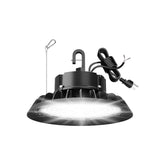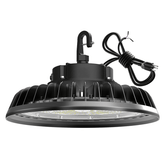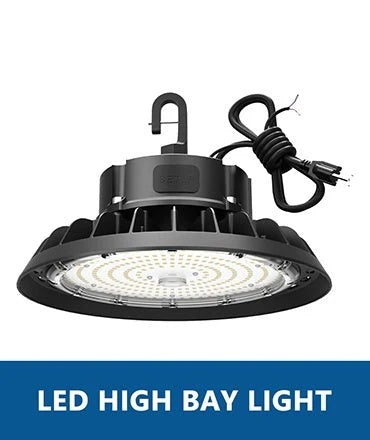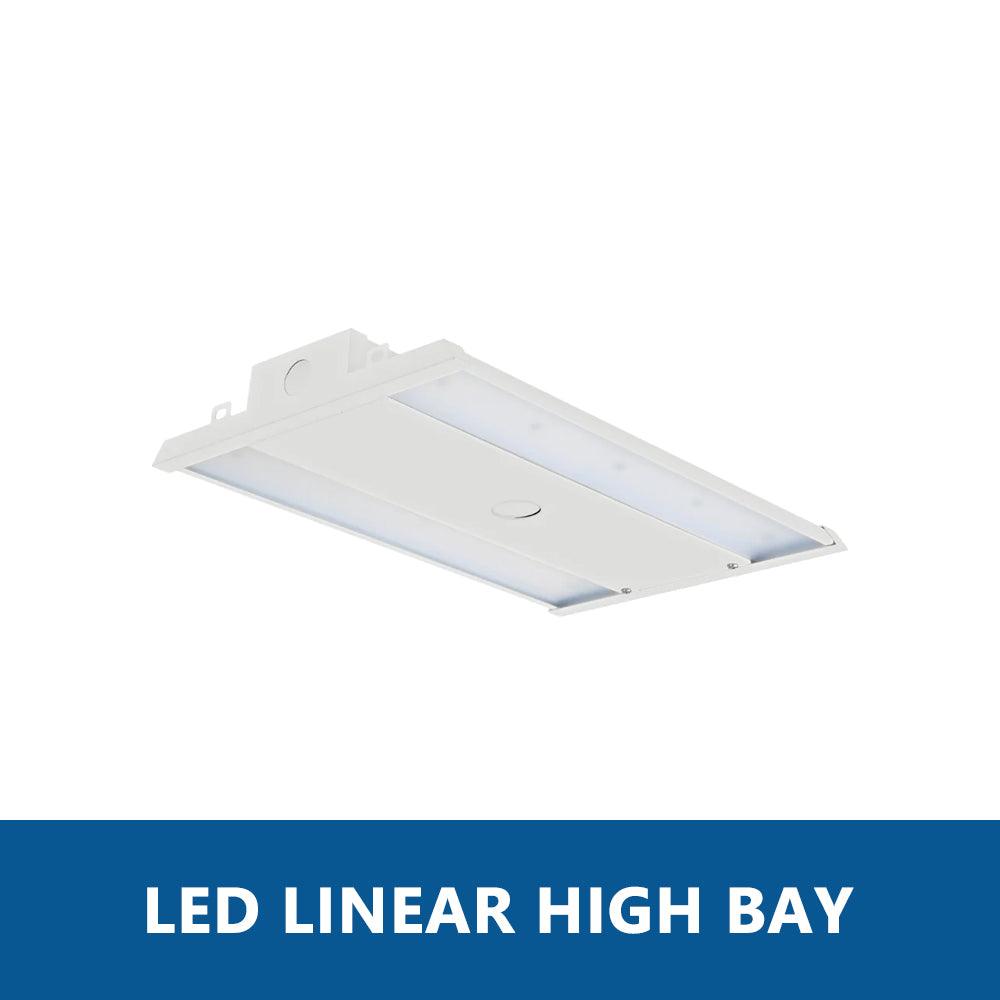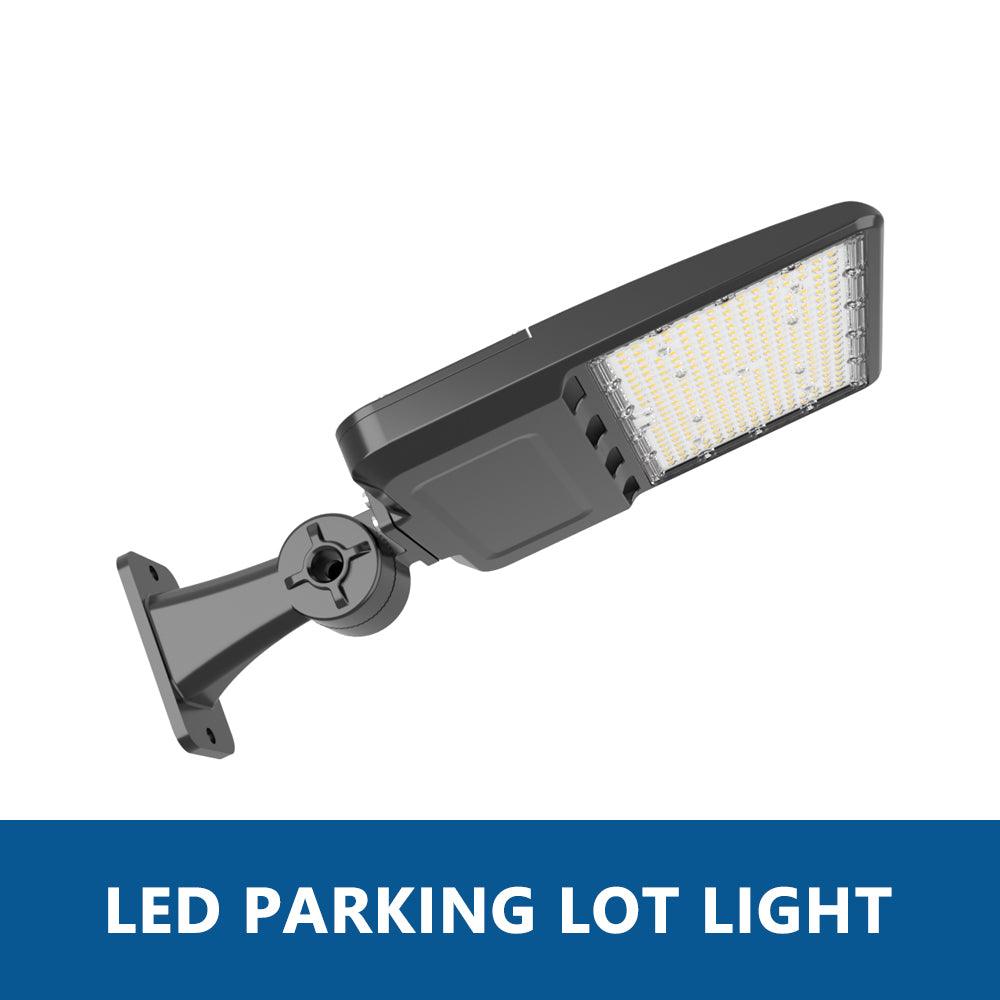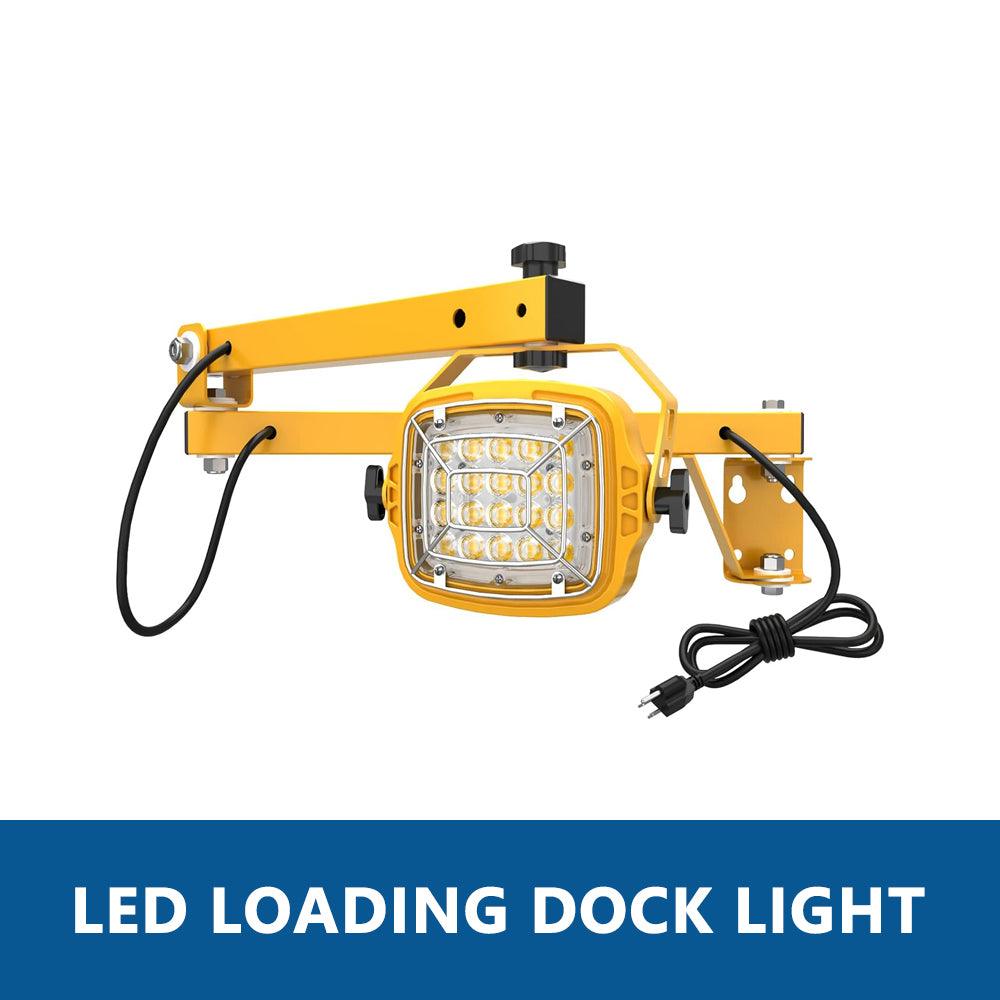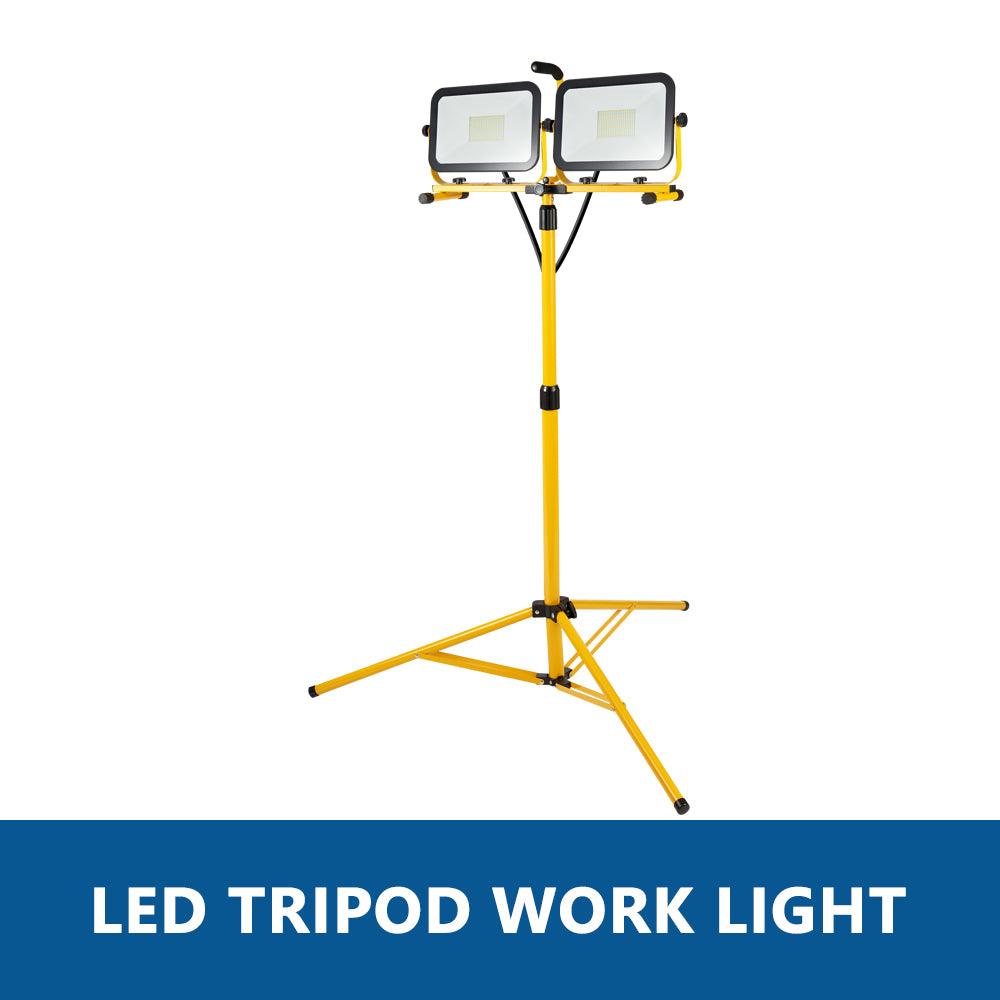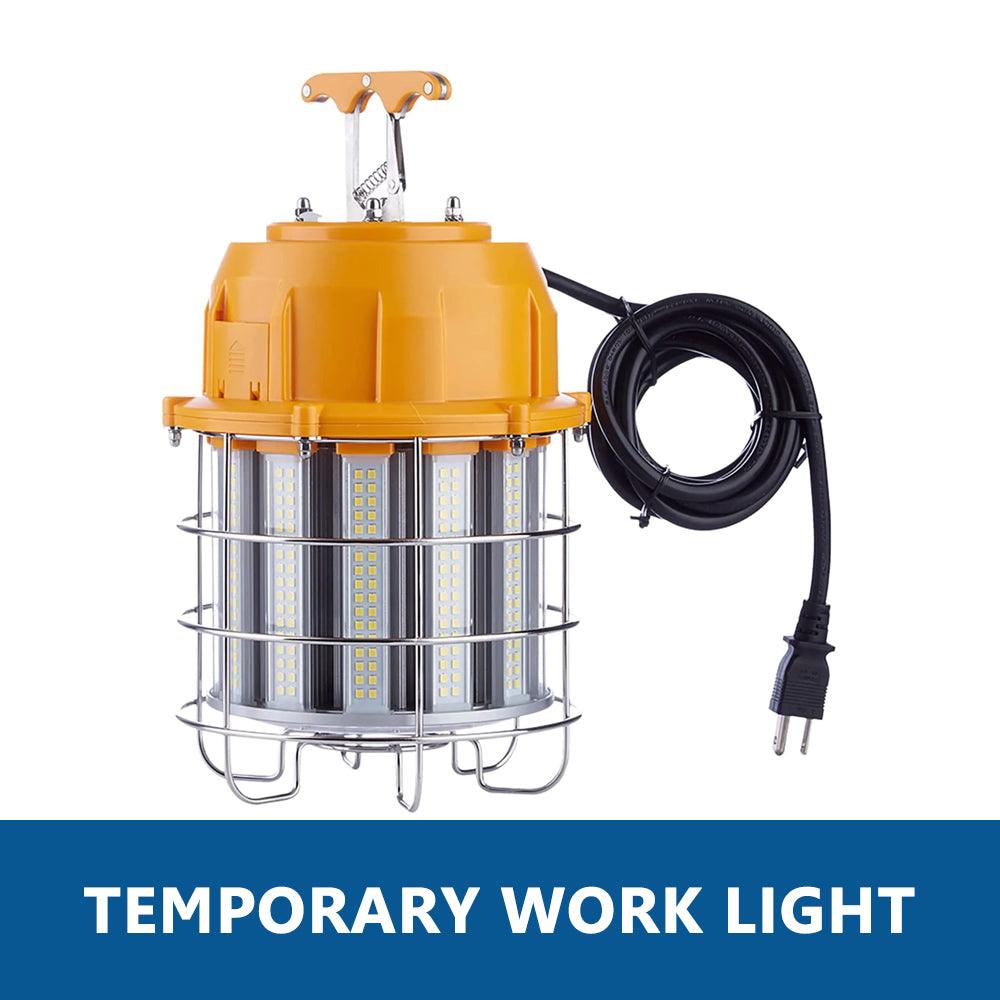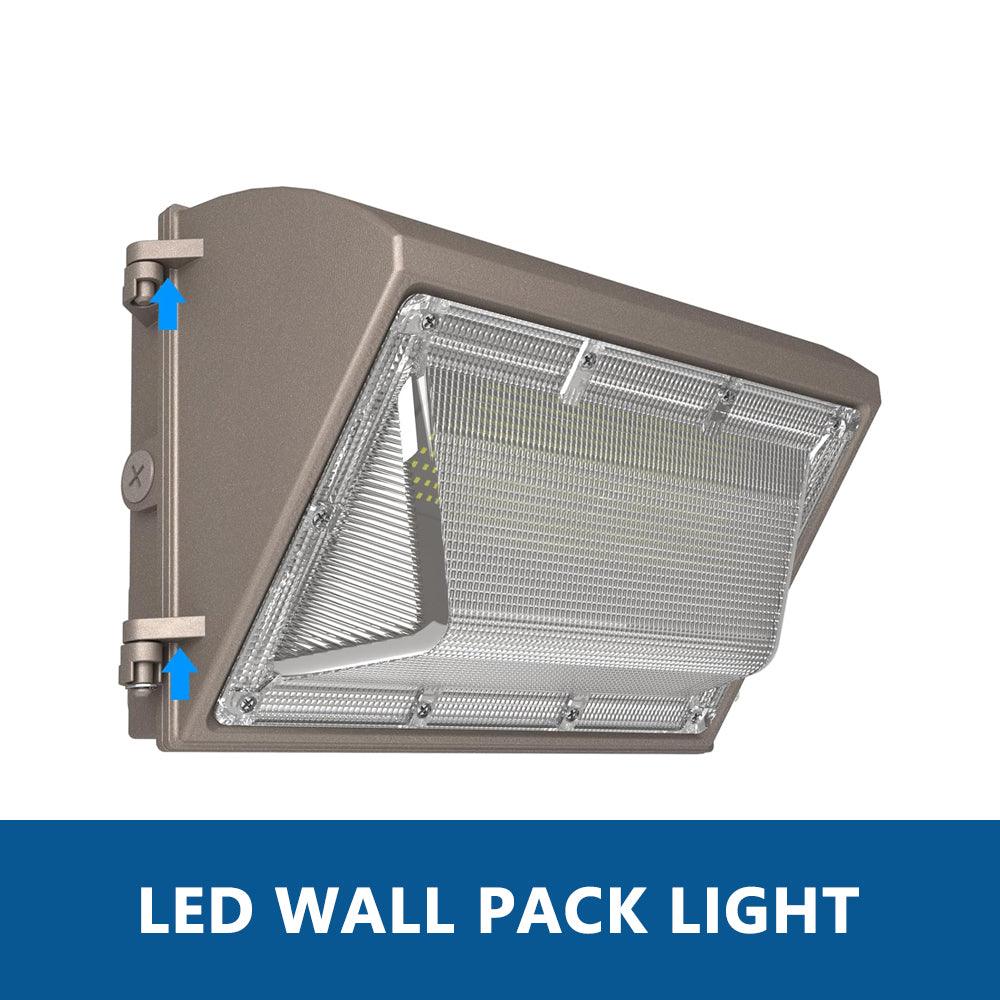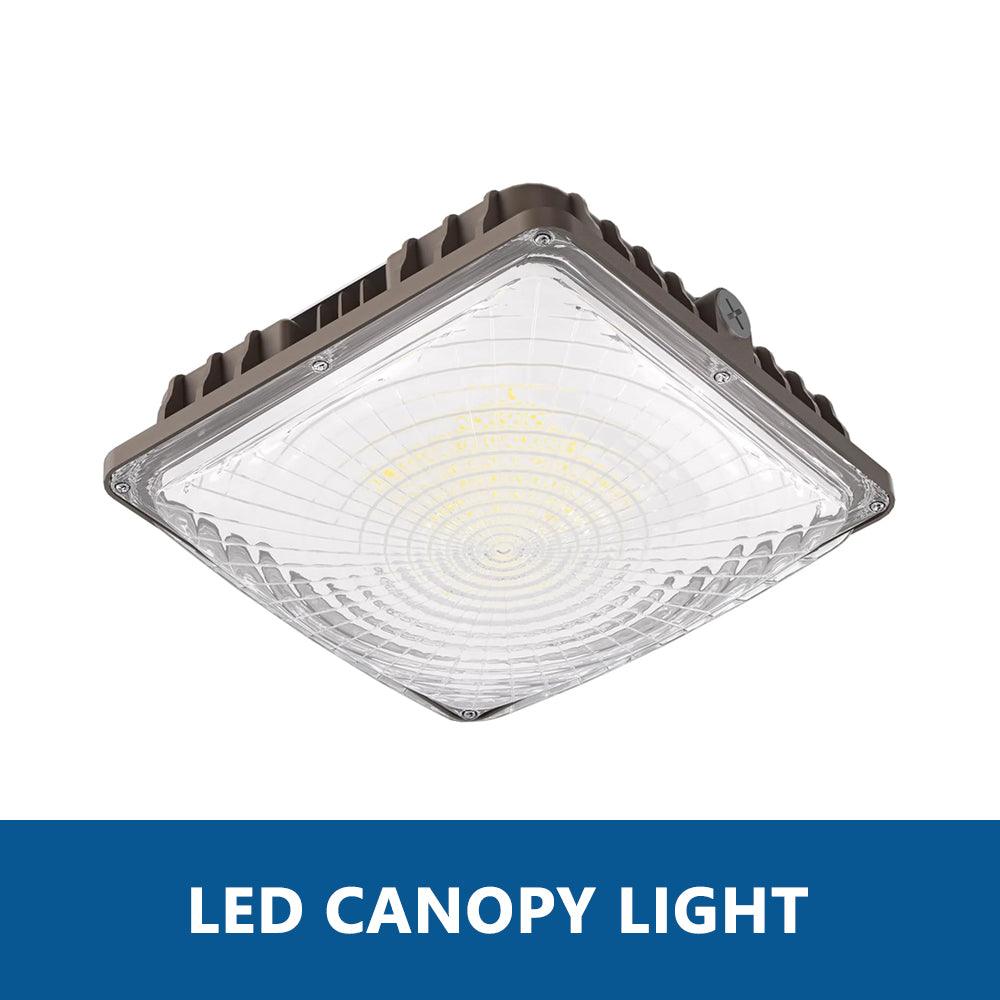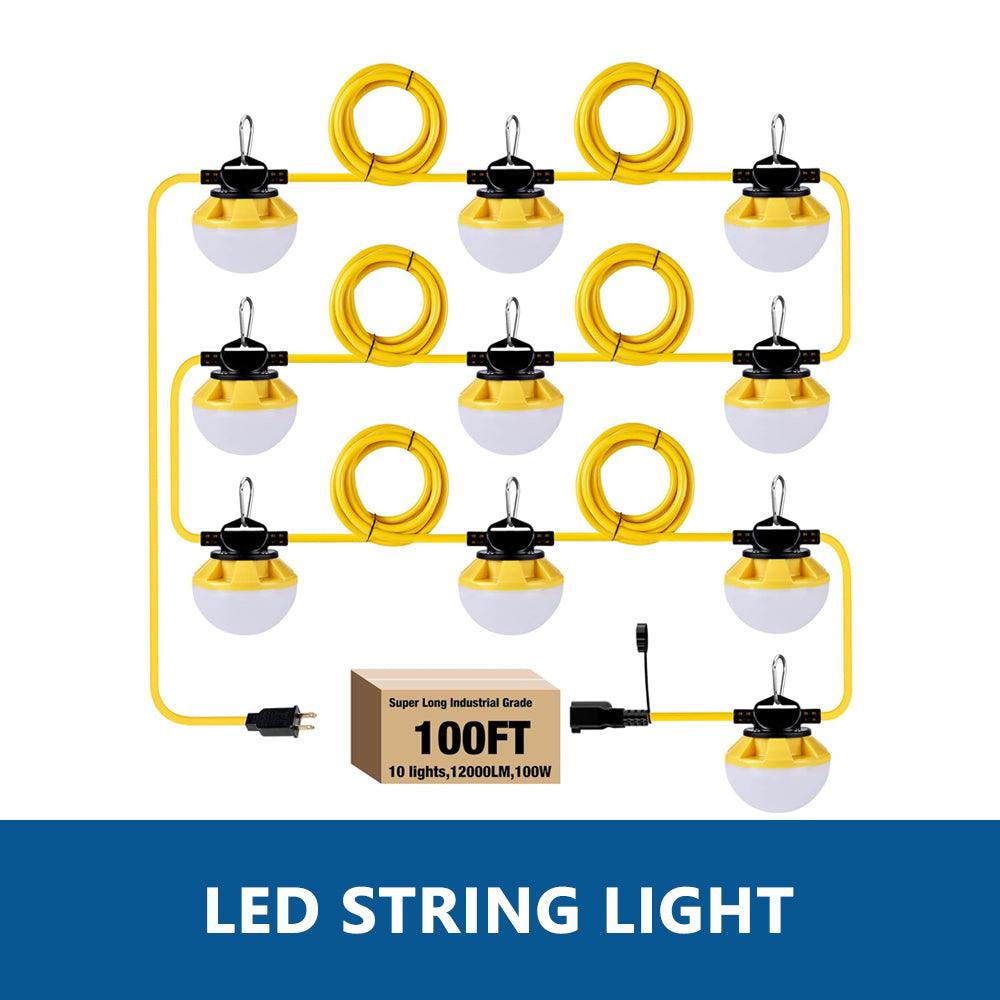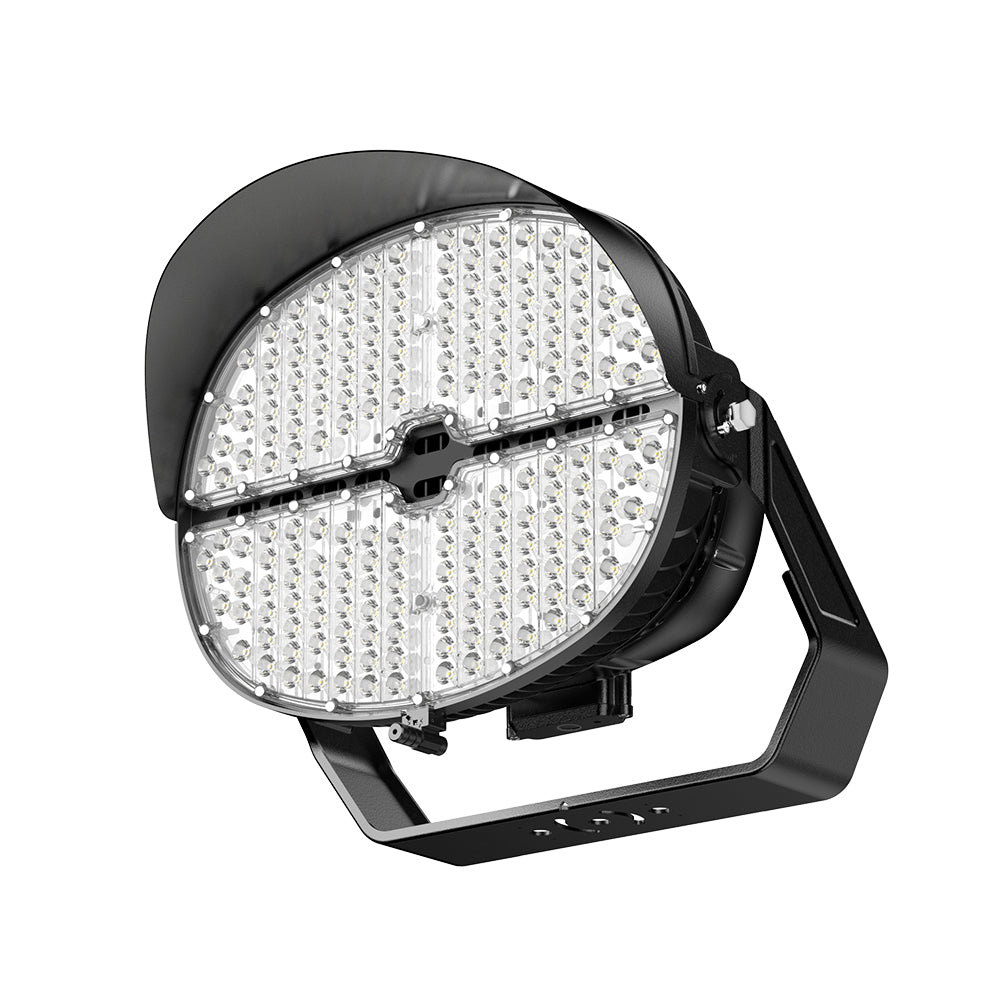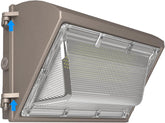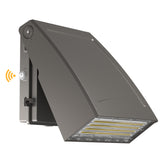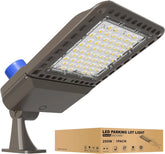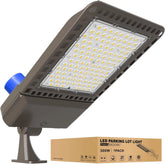-
G GJIA® LED Wall Pack - 30W LED Mini Wall Pack Light with Dusk to Dawn Sensor, 3600LM, 5000K
- Depuis $39.99
$46.00- Depuis $39.99
- Prix unitaire
- par
-
120W LED Wall Pack Light with Dusk to Dawn Photocell 15,600LM 5000K
- Depuis $59.99
$79.99- Depuis $59.99
- Prix unitaire
- par
-
60W LED Wall Pack Light with Dusk to Dawn Photocell 7800LM 5000K
- Depuis $49.99
$59.99- Depuis $49.99
- Prix unitaire
- par
-
G GJIA 150W, 21,000LM LED Parking Lot Lights with Arm Mount, Dusk-to-Dawn
- Depuis $82.99
$129.99- Depuis $82.99
- Prix unitaire
- par
-
Adjustable Full Cutoff Outdoor Wall Light 60W 8,400LM 5000K
- Depuis $52.99
$65.00- Depuis $52.99
- Prix unitaire
- par
-
Linear High Bay LED Shop Lights 210W 31,500LM 0-10V Dimmable - UL Listed With PIR Motion
- Depuis $88.99
$88.99- Depuis $88.99
- Prix unitaire
- par
-
Linear High Bay LED Shop Lights 300W 45,000LM 0-10V Dimmable - UL Listed With PIR Motion
- Depuis $99.99
$121.99- Depuis $99.99
- Prix unitaire
- par
-
G GJIA 200W, 28,000LM LED Parking Lot Lights with Arm Mount, Dusk-to-Dawn
- Depuis $91.99
$139.99- Depuis $91.99
- Prix unitaire
- par
-
G GJIA 300W, 42,000LM LED Parking Lot Lights with Arm Mount, Dusk-to-Dawn
- Depuis $129.99
$147.99- Depuis $129.99
- Prix unitaire
- par
-
Adjustable Full Cutoff Outdoor Wall Light 40W 5,600LM 5000K
- Depuis $48.99
$59.99- Depuis $48.99
- Prix unitaire
- par
Motion Activated LED Linear High Bay lamps offer concentrated lighting with infrared motion activation, automatically turning on when organic life is detected. They are suitable for both suspended and surface-mounted applications. LED Parking Lot Lights provide even illumination for large outdoor areas, enhancing visibility and safety while being energy efficient and long-lasting. LED Wall Pack Lights, mounted on building exteriors, offer perimeter lighting that automatically adjusts based on day and night. GGJIA ensures quality with a 5-year warranty, 30-day hassle-free returns, free shipping, and 24/7 online customer support. Their products support both dusk-to-dawn photocells and PIR sensors, offering flexible lighting solutions for various needs.

- Le choix d’une sélection entraîne une actualisation complète de la page.
